The Evolution of Typeface Technology: From Gutenberg to Glyphs, discover how printing, digital tools, and font formats have reshaped how we read and design. This guide breaks down key advancements, making typography accessible for creatives.
Ever wonder why some fonts feel ancient and others utterly modern? It’s all thanks to incredible leaps in technology! Understanding how we got here helps us choose the perfect typeface for any project. Think of it like this: from hand-copied manuscripts to instant digital downloads, the journey of type is fascinating. We’ll explore this evolution, making sense of the tools and tech that shaped the letters we use every day. Get ready to see fonts in a whole new light!
The Evolution of Typeface Technology: Essential Advancements
Typefaces, the very building blocks of our written world, haven’t always looked and behaved the way they do today. Their journey is a captivating tale of human ingenuity, driven by the desire to record information more efficiently, beautifully, and accessibly. From the laborious art of handwriting to the sophisticated digital glyphs we command with a click, typeface technology has undergone dramatic transformations. For designers, marketers, and anyone who loves beautiful lettering, understanding these advancements isn’t just interesting – it’s essential for making informed creative choices.
This guide will walk you through the pivotal moments and essential advancements in typeface technology. We’ll start at the dawn of mechanical printing and move through the digital revolution, exploring how each era pushed the boundaries of what was possible with letters.
The Dawn of Mechanical Printing: Movable Type and Its Impact
Before Johannes Gutenberg, books were painstakingly copied by hand. This process was slow, expensive, and prone to errors, making knowledge accessible only to a select few. Gutenberg’s invention of movable type in the mid-15th century was nothing short of revolutionary. This system, perfected around 1450, involved creating individual metal letters (type) that could be arranged to form words, sentences, and pages. Crucially, these letters could be rearranged and reused, making mass production of identical text possible for the first time.
Key Elements of Early Movable Type:
- Individual Metal Characters: Each letter, number, and punctuation mark was cast as a small metal block.
- Composing Stick and Chase: Typesetters would arrange these blocks in a composing stick and then lock them tightly into a metal frame called a chase.
- Press Operation: The inked type was then pressed onto paper using a screw press, similar to those used for wine or olive oil.
- Consistency and Speed: This method allowed for consistent lettering across many copies and greatly increased the speed of book production.
The first major work produced using this technology was the Gutenberg Bible. This marked a significant shift, democratizing knowledge and laying the groundwork for the Renaissance and the Reformation. The aesthetic of early typefaces, often derived from contemporary handwriting styles (like Textura), began to set standards that influenced typography for centuries.
The Rise of the Printing Press and Metal Type Foundry
Gutenberg’s invention wasn’t the end; it was the beginning. Over the next few centuries, printing presses became more sophisticated, and the technology of creating metal type underwent significant refinements. The 18th and 19th centuries saw the establishment of dedicated type foundries, businesses focused solely on designing, casting, popularizing, and selling fonts (typefaces) to printers. This era brought about the development of distinct typeface styles that we still recognize today, such as:
- Old Style Serifs: Characterized by a diagonal stress and bracketed serifs (e.g., Garamond, Caslon).
- Transitional Serifs: Bridging the gap between Old Style and Modern, with more vertical stress (e.g., Baskerville).
- Modern Serifs: Featuring extreme contrast between thick and thin strokes and a vertical stress (e.g., Didot, Bodoni).
- Slab Serifs (Egyptian): Bold, uniform strokes and heavy, block-like serifs (e.g., Rockwell, Clarendon).
The mechanization of type casting, with innovations like the hand mould and later, more automated casting machines, allowed for greater precision and a wider variety of weights and styles within a single typeface family. This proliferation of design choices empowered printers and designers to experiment more with layout and visual hierarchy.
The Phototypesetting Revolution: Moving Beyond Metal
The mid-20th century brought about a significant technological shift away from heavy, hot metal type. Phototypesetting, emerging prominently in the 1950s and 60s, replaced physical metal characters with photographic images of type. This technology worked by projecting letterforms onto light-sensitive film or paper. The process was faster, quieter, and allowed for much greater flexibility in letter spacing (kerning) and size manipulation without needing to recut or recast physical type.
How Phototypesetting Worked:
- Character Selection: Each letterform was stored on a rotating disk (font disk) or a film strip.
- Exposure: A light source shone through the selected character, projecting its image.
- Lens System: Lenses were used to magnify or reduce the projected image to the desired size.
- Exposure onto Film/Paper: The image was then exposed onto photographic paper or film.
- Developing and Stripping: The exposed material was developed, and the resulting photographic type could be pasted up into layouts.
Phototypesetting also paved the way for more condensed, extended, and even script-like typefaces that were difficult or impossible to cast in metal. This era produced distinct visual styles, and many classic digital fonts we use today originated from designs created during the phototypesetting era.
The Digital Age: Desktop Publishing and Font Formats
The real game-changer for typeface technology, and indeed for graphic design as a whole, was the advent of the personal computer and desktop publishing (DTP) in the 1980s. Suddenly, designers didn’t need access to massive printing presses or specialized phototypesetting machines. They could create, manipulate, and output designs from their own desks.
This digital revolution was powered by advances in both hardware (powerful computers) and software (layout programs like Aldus PageMaker, later Adobe InDesign). Crucially, it necessitated new ways to represent typefaces digitally. This led to the development of digital font formats.
Essential Digital Font Formats:
The way typefaces are stored and rendered on our screens and in our printouts depends on their digital format. Each format has its strengths and historical context.
| Font Format | Introduction Year (Approx.) | Key Characteristics | Primary Use Case/Advantage |
|---|---|---|---|
| Bitmap Fonts | 1970s-1980s | Made of tiny squares (pixels). Fixed resolution. Sizes and scaling issues. | Early computer displays, limited hardware capabilities. |
| PostScript (Type 1) | 1985 | Vector-based (mathematical outlines). High-quality printing. Limited character sets initially. | Professional printing, early desktop publishing. Reliable for high-resolution output. |
| TrueType | 1991 | Vector-based. Developed by Apple and Microsoft. Good screen and print quality. Wider character support. | Cross-platform compatibility (Mac/Windows), screen rendering, general use. |
| OpenType | 2000 | Vector-based. Superset of TrueType and PostScript. Supports extended character sets (Unicode), advanced typographic features (ligatures, alternates, small caps), economies of scale for font production. | Modern digital typography, complex multilingual typesetting, rich typographic features. |
| Web Open Font Format (WOFF/WOFF2) | 2009/2014 | Compressed web-optimized font format. Efficient loading for websites. Based on OpenType. | Web design and displaying custom fonts on websites. |
The advent of companies like Adobe and Apple, and their development of formats like PostScript (Type 1) and TrueType respectively, made it possible for fonts to scale smoothly without pixelation. This was a monumental leap from the pixelated, fixed-size bitmap fonts of earlier computing eras.
The most significant advancement in modern digital typography is undoubtedly OpenType. Developed jointly by Adobe and Microsoft, OpenType is a flexible format that can contain millions of glyphs, allowing for extensive language support and advanced typographic features. It’s the standard for high-quality digital fonts today, offering designers a rich palette of characters and stylistic alternatives within a single font file. You can learn more about font formats on resources like W3C’s Web Font specifications.
The Internet Era: Web Fonts and Accessibility
The rise of the internet brought a new challenge: how to use a consistent and diverse range of typefaces on websites, regardless of the user’s operating system or installed fonts. Early web design was limited to a small set of “web-safe” fonts (like Arial, Times New Roman, Georgia) which offered little creative freedom.
The introduction of web font technologies, such as CSS @font-face rules and formats like Web Open Font Format (WOFF and its successor WOFF2), completely changed the landscape. These technologies allow designers to serve font files directly from a web server or a third-party service (like Google Fonts or Adobe Fonts). This means a beautiful, custom typeface can be displayed consistently across different browsers and devices, significantly enhancing brand identity and visual appeal online.
Benefits of Web Fonts:
- Design Freedom: Access to thousands of typefaces beyond the basic web-safe options.
- Brand Consistency: Ensures your brand’s visual voice is the same on your website as it is in print.
- Improved Readability: Designers can choose fonts specifically optimized for screen reading.
- SEO Advantages: Well-chosen typography can improve readability, potentially leading to longer user engagement on a page, which indirectly benefits SEO.
Platforms like Google Fonts provide a vast library of free, open-source fonts that can be easily implemented on websites, making sophisticated typography accessible to everyone, from small bloggers to large corporations.
AI and the Future of Typeface Technology
The evolution of typeface technology continues at a rapid pace, with Artificial Intelligence (AI) poised to play an increasingly significant role. AI is already being explored for tasks such as:
- Automated Font Generation: AI can generate new font designs based on existing styles or specific parameters, vastly accelerating the design process.
- Font Classification and Matching: AI can analyze images and identify fonts, or suggest similar typefaces, making it easier for designers to find what they need.
- Variable Fonts Enhancement: AI could potentially help in creating more sophisticated and nuanced variable font axes, allowing for finer control over typographic attributes.
- Predictive Text and Typographic AI: In the future, AI might even assist in selecting the most appropriate typeface for a given context or audience based on analyzed data about readability and engagement.
The field of typography is constantly being redefined. As computational power grows and artificial intelligence advances, we can expect even more innovative ways to create, use, and interact with type. The focus remains on enhancing both the aesthetic possibilities and the functional aspects of typography, ensuring that text remains clear, readable, and engaging across all mediums.
Frequently Asked Questions About Typeface Evolution
Typography can seem complex, but understanding its history helps demystify it. Here are some answers to common questions beginners might have.
What was the biggest impact of Gutenberg’s movable type?
Gutenberg’s movable type made mass production of books possible for the first time. This drastically reduced the cost and time to produce written materials, leading to a wider spread of literacy and knowledge across society.
Why did we move from metal type to phototypesetting?
Phototypesetting was faster, quieter, and offered more flexibility in manipulating letter size and spacing compared to heavy, hot metal type. It also allowed for a wider range of styles that were difficult or impossible to cast in metal.
What’s the difference between PostScript Type 1 and TrueType fonts?
Both are vector-based formats. PostScript Type 1 was favored for high-quality professional printing, while TrueType, developed by Apple and Microsoft, offered better cross-platform compatibility and improved screen rendering for everyday computer use.
What is an OpenType font?
OpenType is a modern, versatile font format that can store many more characters and advanced typographic features (like ligatures, alternate characters, and small caps) than older formats. It offers excellent language support and is the standard for professional digital typography.
Are web fonts still in a proprietary format?
No, most modern web fonts use open standards. Formats like WOFF (Web Open Font Format) and WOFF2 are specifically designed for the web, offering good compression for faster loading times while being based on open technologies like OpenType. Services like Google Fonts offer free access to these web-friendly fonts.
How does AI affect typeface design today?
AI is starting to assist in typeface design by helping generate new font styles, classifying existing fonts, and potentially creating more sophisticated variable fonts. It’s speeding up parts of the design process and opening new creative avenues.
Will all fonts eventually be digital?
While digital fonts dominate modern design and everyday use due to their versatility and accessibility, historical and artistic contexts may still preserve the use of physical metal type for special projects. However, for practical design and widespread distribution, digital is the undisputed standard.
Conclusion
The evolution of typeface technology is a testament to human innovation, driven by our fundamental need to communicate and share information effectively. From the revolutionary simplicity of Gutenberg’s movable type to the sophisticated flexibility of OpenType and the accessibility of web fonts, each advancement has reshaped our visual landscape. For designers, understanding this rich history provides context for the tools we use today and inspires us to explore the ever-expanding possibilities of typography.
As we look to the future, with AI and new digital frontiers emerging, the core principles of good typography – clarity, readability, and aesthetic appeal – will undoubtedly remain paramount. By appreciating the journey type has taken, we are better equipped to harness its power for our own creative endeavors, crafting messages that are not only seen but truly experienced.
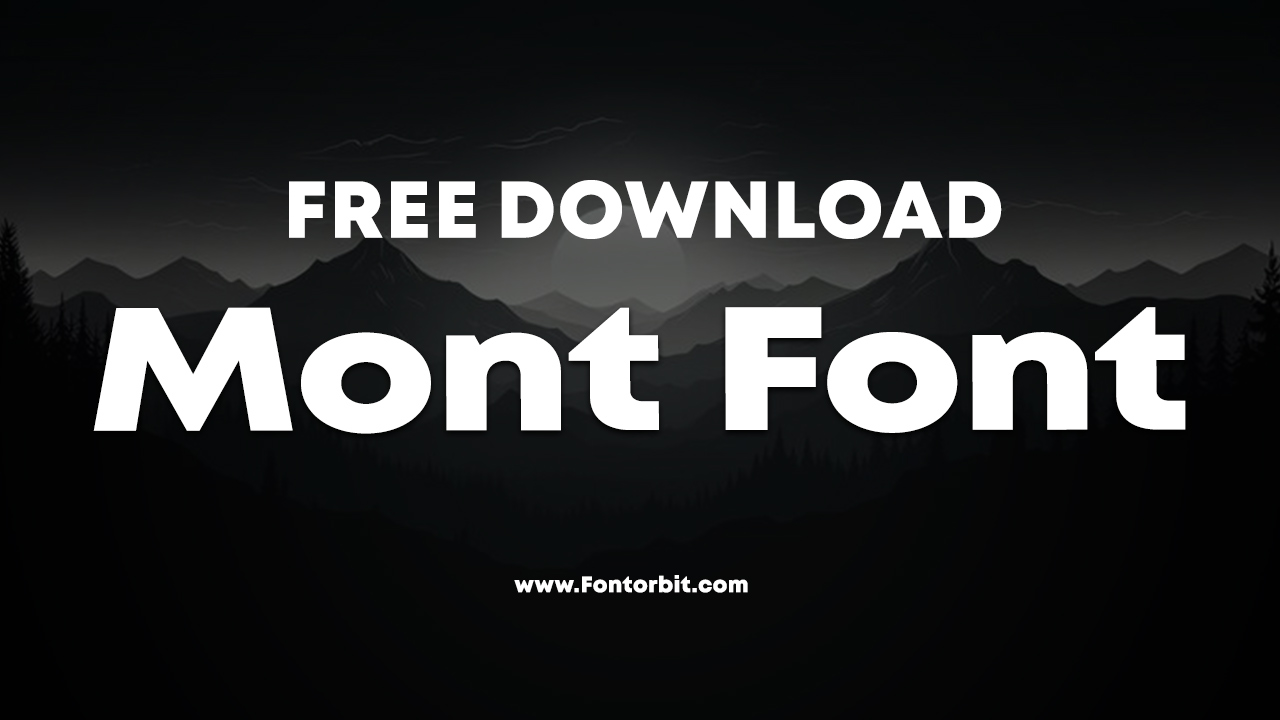

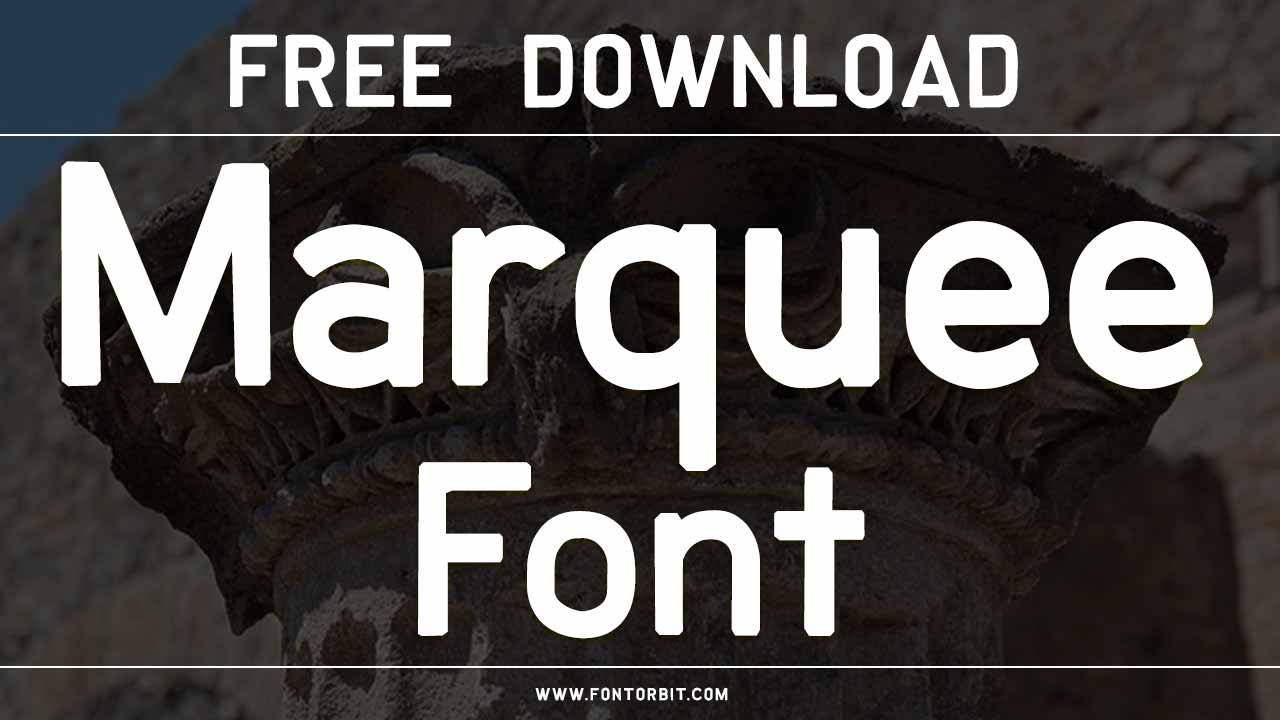
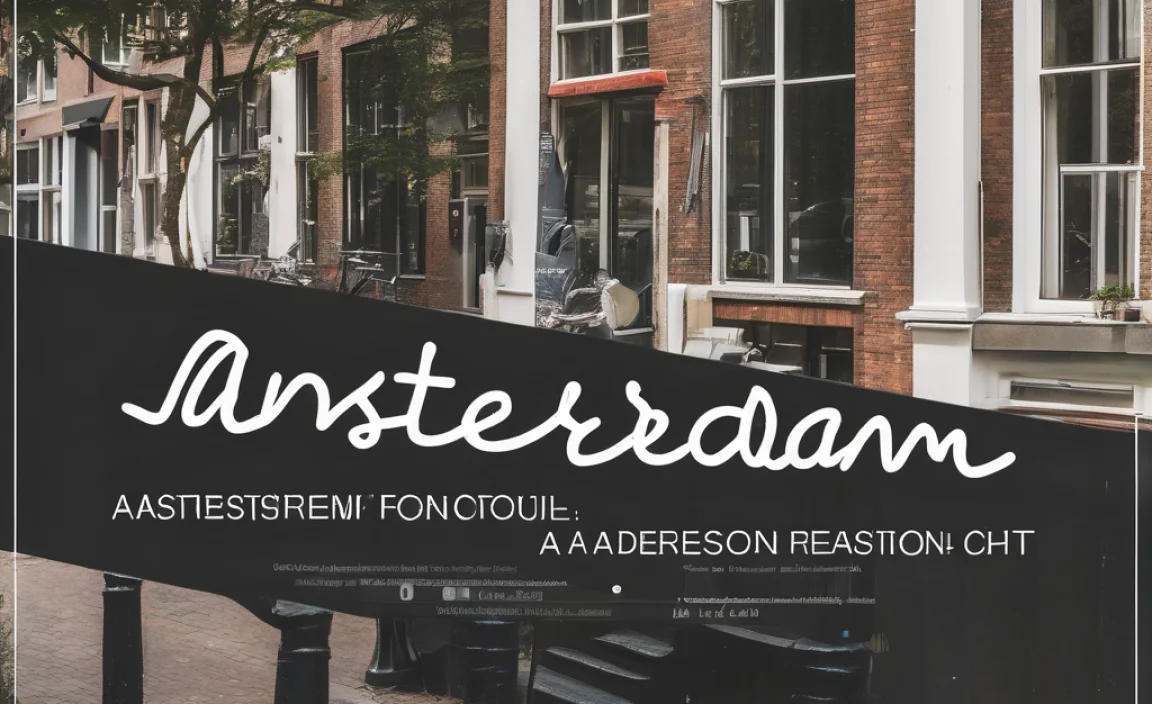
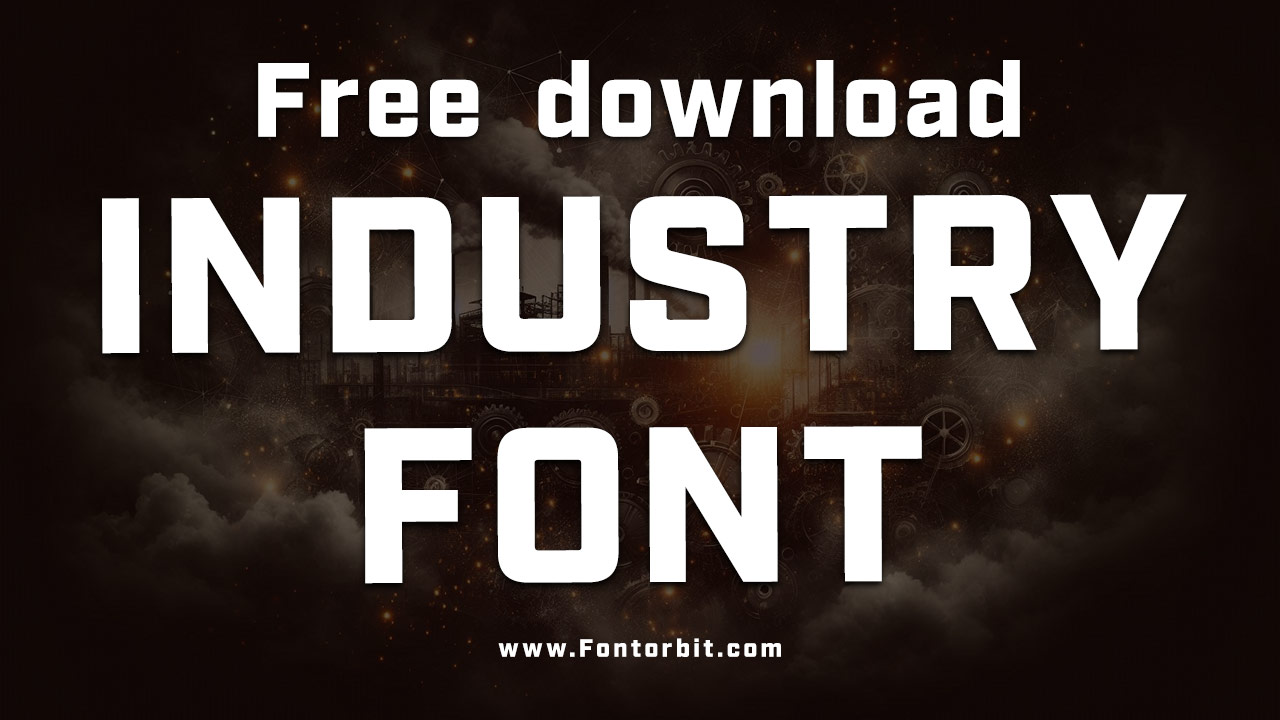
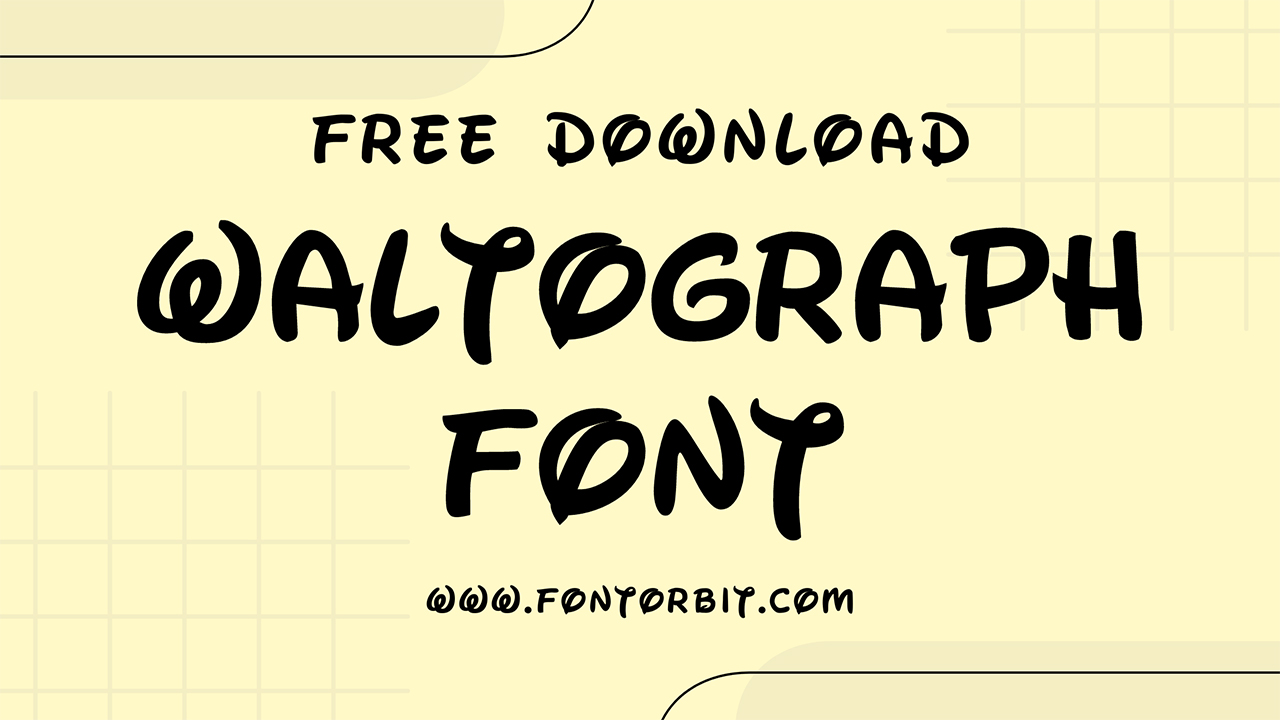
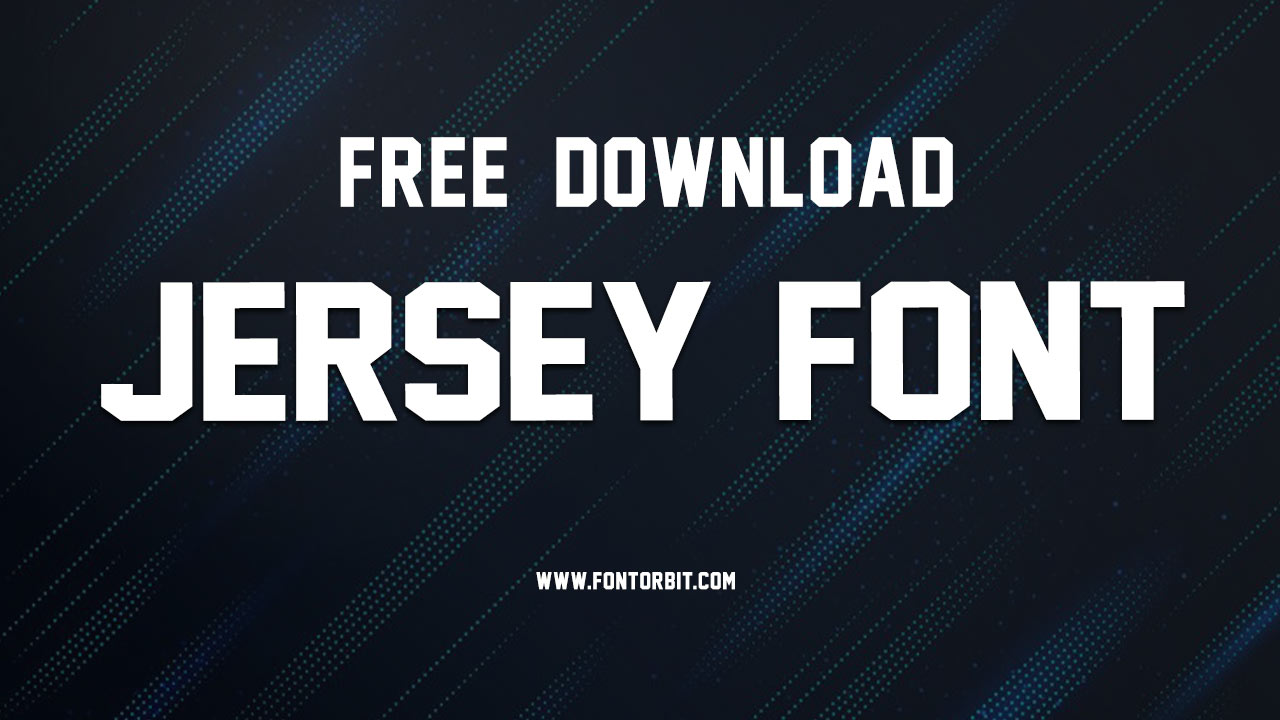
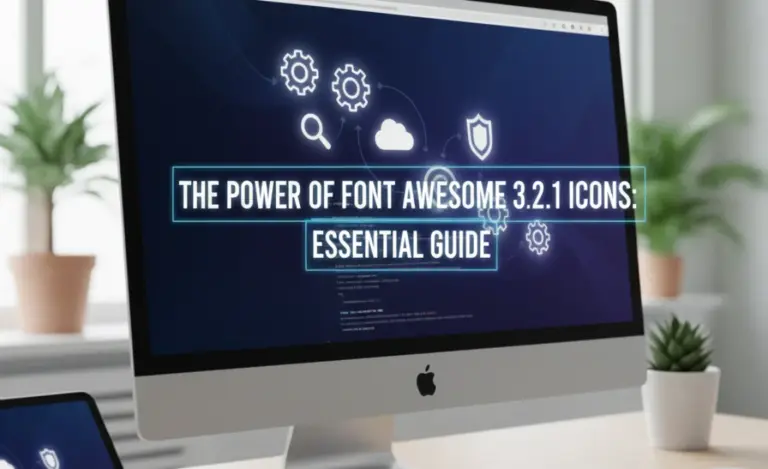

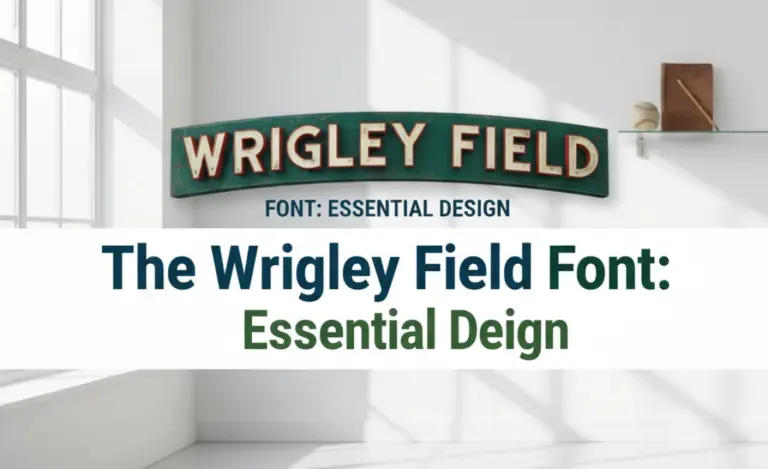

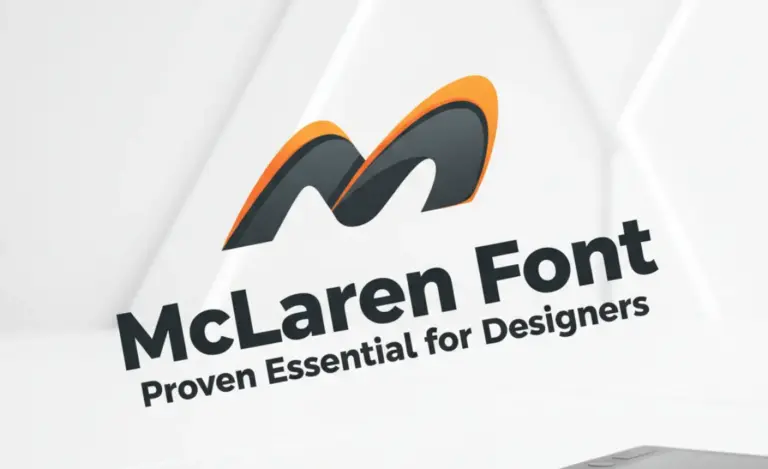
Leave a Comment